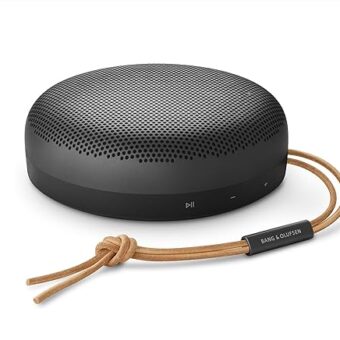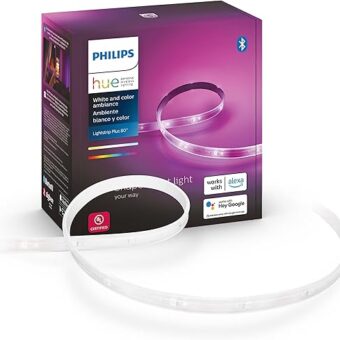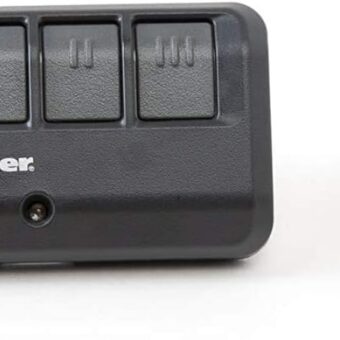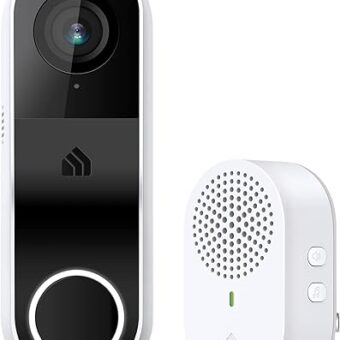Navigating the world of smart home upgrades can feel overwhelming, especially when you’re trying to stick to a budget. This guide offers a compassionate approach to help you prioritize your upgrades by focusing on what truly matters for your home and lifestyle. By assessing your current needs, evaluating potential energy savings, and considering long-term benefits, you’ll be empowered to make informed choices that enhance your living space without breaking the bank. With clear, step-by-step recommendations, you can confidently invest in smart technology that not only improves your home’s convenience but also aligns with your financial goals.
6 Home Improvements with the Best ROI That Enhance Value
Assess Your Current Setup
Evaluate your current home technology and appliances by taking a thorough inventory. List every device you have, from smart speakers to kitchen appliances. Look for the following key details as you compile your list:
- Make and Model: Identify the brand and model of each device.
- Age: Note how long you’ve had each item, as older devices may need replacements or updates.
- Functionality: Assess the primary functions of each device. Does it still meet your needs?
- Connectivity: Check which devices are connected to your home network and how they interact with each other.
Analyze this inventory to pinpoint areas for improvement. Determine if there are gaps in your current setup or devices that might be underperforming. For instance, if you find older appliances are inefficient, consider upgrading to newer, smarter models that can streamline your daily tasks. Additionally, think about how your devices work together — are there opportunities for integration that could enhance your overall home experience? This assessment will lay a solid groundwork for your future tech upgrades and integrations.
Identify Your Goals
Define your primary objectives for your smart home upgrades. Ask yourself what aspects of your home life you wish to improve. If enhanced security is a priority, consider installing smart locks or a comprehensive surveillance system that can alert you in real-time via your smartphone. If a reduction in energy consumption is your goal, think about integrating smart thermostats and energy-efficient lighting that adapt to your lifestyle. For added convenience, explore voice-activated assistants that can control multiple smart devices, allowing for seamless integration of tasks throughout your day.
List specific areas where you want improvements to create a focused strategy. For instance, if you want easier management of your home environment, prioritize smart blinds or shades that can automatically adjust based on the time of day. If you’re after improved safety, set up motion-activated lights and doorbell cameras to ensure you can monitor your property constantly. Document these goals and use them as a foundation for researching and selecting the devices that align with your vision for an upgraded smart home. Keeping your objectives clear will make your decision-making process smoother and more efficient.
Research Smart Home Devices
Explore different types of smart home devices that resonate with your lifestyle goals. Begin by identifying what specific functions you want to enhance, whether it’s security, energy efficiency, or convenience. Research various options like smart lights, thermostats, doorbells, or security cameras. Visit reputable websites, forums, and consumer reviews to compare features—such as compatibility with other devices, ease of installation, and unique functionalities.
Evaluate prices to ensure you stay within your budget. Look for promotions or bundled offers that can save you money. Pay special attention to user reviews; they can provide insight into product reliability and customer satisfaction. Make a list of features that matter most to you and match these with your findings. Prioritize your top choices and take note of any repeated pros and cons mentioned by users to aid in your decision-making.
Create a Budget
Outline a realistic budget for your smart home upgrades by first listing all the devices you want to purchase. Include items like smart thermostats, security cameras, smart speakers, and smart lighting systems. For example, if you decide to install a smart thermostat, expect costs to range between $100 to $250. Next, add approximate installation costs, which could range from $50 to $200 depending on the complexity and whether you hire a professional or go the DIY route. Make sure to research local contractors or calculate any necessary tools you might need if you’re planning to install the devices yourself.
Account for ongoing expenses such as subscription services for smart security systems or music streaming services that integrate with your smart speakers. For instance, some smart security systems may charge a monthly fee of $10 to $30 for cloud storage or additional features. Summarize all these potential costs to create a comprehensive budget. Aim for a total that reflects both upfront and ongoing expenses, ensuring you leave some room for unexpected costs – like replacements or upgrades in the future. This approach allows you to manage your finances effectively while still enjoying the benefits of a smarter home.
Maximize Value, Minimize Spending
In conclusion, you can transform your living space into a smart home without breaking the bank. By carefully assessing your current setup, understanding your priorities, researching budget-friendly devices, and planning your upgrades strategically, you’ll not only enhance your home’s functionality but also stay within your financial limits. Remember, thoughtful planning is the key to making the most of your smart home journey. Happy upgrading!





![eufy [BoostIQ] RoboVac 35C, Robot Vacuum Cleaner, Wi-Fi, Upgraded, Super-Thin, 1500Pa Strong Suction, Touch-Control Panel, 6ft Boundary Strips, Quiet, Self-Charging, Cleans Hard...](https://smarthomepro.info/wp-content/uploads/2024/07/eufy-boostiq-robovac-35c-robot-vacuum-cleaner-wi-fi-upgraded--340x340.jpg)






I’d love to see an article on the best smart home devices for renters! Sometimes we can’t make big changes, but there are still cool upgrades we can do without a full renovation.
I think it’d be cool if you covered how to integrate different brands of smart home devices. Like, is there a way to get a Nest thermostat to work with Philips Hue lights? That would help a lot of us who have mixed devices.
Great suggestion! Interoperability is key in smart homes, and I’ll look into writing about how to connect different brands and devices together seamlessly. Stay tuned!
I think it’s super important to assess your current setup, but what about privacy concerns with these smart devices? I feel like a lot of people aren’t really discussing how much data these devices collect. Anyone else worried about that?
That’s a great point! Privacy is definitely something we should all consider. It may help to look into devices that prioritize user privacy and have good security features. Plus, always check the privacy settings once you set them up!
I tweaked the steps a bit by focusing on energy-efficient devices first. I started with a smart thermostat and energy monitoring plugs from TP-Link. It really suits my needs and helps with saving on the electricity bill!
That’s a brilliant approach! Starting with energy efficiency is a smart move and can lead to long-term savings. Thanks for sharing your variation with us!
I tried following the steps, but when I got to researching smart home devices, I felt overwhelmed by the options! Can anyone suggest good starter devices for a budget setup? I was thinking about smart bulbs, but I’m not sure which ones to pick. Anyone have favorites?
After following this guide, I upgraded my home with a Ring Video Doorbell and a smart thermostat! It’s been a game-changer for home security and energy savings. Totally worth it to follow the steps laid out here.
Can someone clarify the ‘Create a Budget’ step? I’m not sure how to effectively break down costs for both the devices and installation without going overboard.
When creating a budget, it helps to list out all potential devices and their costs, then add in any installation fees. Don’t forget to factor in subscriptions if needed, like for smart security systems. Hope this helps!
Absolutely! For smart bulbs, I’d recommend the Philips Hue White and Color Ambiance bulbs. They’re reliable, have great features, and you can often find deals on them. Plus, they can work with various smart home systems. Good luck with your upgrades!